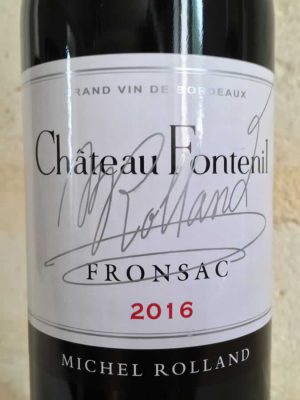Chateau Life
How To Taste Wine Without Looking Like A Dummy – And Make Sure You Buy Wine You Actually Like
The ceremonial presentation of the bottle, the dramatic uncorking and cork sniffing, the flamboyant pour, the gentle swirl, the tilt of the glass, the deep inhale, the sip and the swill, the thoughtful gaze into the middle distance….
We’ve all seen it either in a wine shop or just in someone’s dining room – the tasting of the hallowed wine is sometimes elevated to a religious experience.
The question is…. “Is it all bullshit or is there any method to the madness?”
As in all things wine-related the truth is somewhere between the two, so here is the bordeauxwine.fr insight into what you need to do to get the most out of wine tasting…. but without the bullshit.
The ceremonial presentation.
This is OK, the lovely thing about wine bottles is that they are all so different and they offer absolutely no clue as to what they will taste like. Now some of you will say that the label tells you where the wine came from, the year it was made etc. etc. This is of course all true however as everybody, absolutely everybody, has different taste buds it is of limited value other than from an aesthetic point of view.
The dramatic uncorking and cork sniffing.
No reason to be dramatic about it but the cork sniffing will tell you if the wine is ‘corked’ or not. Now some think the term ‘corked’ means that bits of cork have fallen into the bottle. This is not true.
A wine that is ‘corked’ is a wine that is not properly sealed (which could be because the cork is damaged but may not be for sure) and has therefore been exposed to air and has gone off. It will smell like a very damp room that has been shut up for months, it is unmistakeable and however different our sense of smell is, it is unpleasant. In essence, unless you have had a bad dose of Covid, anybody can tell if a wine is corked and do not be afraid to say it.
The flamboyant pour.
Interestingly there is some science in this. In essence any wine that is in a bottle is only partly alive. Starved of oxygen (hopefully, but see above), bottled wine is in a state of almost stasis. The better wines and most reds will improve over time in bottle, but wine will not spring to life until it gets a whack of oxygen sloshed through it. The older the wine the more oxygen it needs which is why these tend to require decanting. However, for most wines pouring it into the glass from as high as you can without spilling it all over the place will help wake up the wine. If you really want to master the technique try it with a small glass and a big bottle of water standing in the bath.
The gentle swirl.
This is more difficult to master than the flamboyant pour, at least I found it harder. To master it the key is a gentle circling of the glass the tricky bit is to stop wine sloshing out of the glass and to do it without looking terrified that it will slosh out.
The objective is two-fold, firstly to set the odours of the wine free. This is a very dangerous part of the tasting as the worst wine snobs will start spouting off about odours of cedar or lilac tinged with rosemary. Ignore them. They may be telling you want they smell but what you smell is personal to you and only you. Have a good sniff and think about what it smells like to you. You do not at any time have to tell anyone what it smells like to you if you don’t want to.
Secondly to see the ‘tears’ on the side of the glass. These are a sign of the level of alcohol in the wine, the more tears the higher the alcohol level. Do this with a fortified wine like port and there are lots, do it with a cheap white wine they will be all but non-existent. The truth is that you can find the level of alcohol on the label so this is a bit of a red herring that is fun to see but not very useful.
The tilt of the glass
This is easy to do providing you are not on your 10th glass and are “worse for wear”. The technique is to tip the glass so that the wine is about three-quarters of the way up to the rim.
The objective is to see what colour the wine is, any wine that is drinkable will be clear and not cloudy. Young red wines will be lighter red in colour than older ones which will eventually turn crimson.
You hold the glass up to the light and gaze lovingly at it and say something like “Hmm nice and clear” or “Oh dear that’s a bit cloudy”. With experience you can spout off a bit more but to start with keep it simple.
The thoughtful gaze.
This is key as it buys you time and allows you to wait to see what the others are thinking. Never look anyone in the eye as that invites them to ask you what you are thinking. You can look into the wine glass, or at the bottle, but keep schtum.
At the end of all this you can decide how to respond, there are 3 options: –
1. You can be non-committal – “that’s an interesting thought” or “I hadn’t thought of it that way”. This is the sensible option.
2. You can offer a simple “Delicious” or “I really do not like this very much” or something in between.
3. If you are on that 10th glass you can launch into your own alcohol-fuelled bullshit. This is almost never a good option but can be immensely rewarding at the time.
Next time we will give you a crash course in how to describe wine, or how to interpret what “experts” mean when they are talking about wine.
John and Penelope Mitra are owners of Chateau du Faure Haut Normand and Bordeauxwine.fr one of the leading online wine merchants specialising in small estates across Bordeaux. They live on their vineyard in Bordeaux with their son and future vineyard owner, James, and Mad Max the Spaniel. Learn more about their story at www.bordeauxwine.fr.









